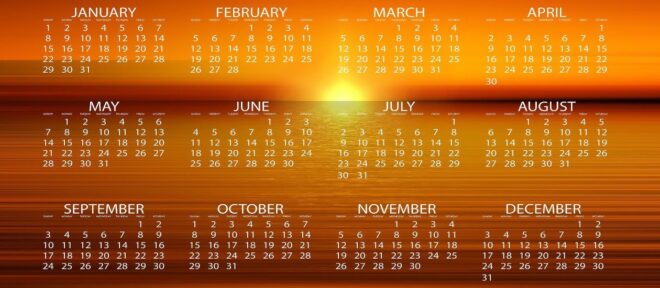
The KosherJava zmanim library originally went live in 2004. There was an existing C/C++ zmanim project by Ken Bloom hosted on SourceForge (that was at the time the equivalent of what GitHub is today). The Java package structure name net.sourceforge.zmanim was based on the one used by Ken’s project (despite not being hosted there), and remained that way for 16 years.
On August 3, 2020, Eli Julian modernized the library’s build process from the previously used Ant, to Maven & Gradle. This change simplified the workflow for many developers using the zmanim API. As part of the change, the package name was updated to com.kosherjava.zmanim. The KosherJava zmanim Maven / Gradle artifacts are available at the KosherJava zmanim Maven Central page. A direct Jar download is available at Maven Central (see the KosherJava Downloads page for instructions). The old code was branched into zmanim-1.5 and will allow people who do not want to upgrade to continue to use the old structure (and Ant build process) while continuing to receive emergency bug fixes. This will allow the codebase to use more modern Java language features, without impacting users who want to remain on the legacy code. The new code has a minimum Java 8 requirement (a version released in March 2014). Releases based on the new build process will use SemVer (Semantic Versioning) to make things simpler for developers.
The upgraded build process also allowed automated GitHub’s CodeQL vulnerability scanning for the KosherJava Zmanim project.
You can add the KosherJava zmanim library as a Maven or Gradle dependency. For Maven add the following to your pom.xml.
<dependency> <groupId>com.kosherjava</groupId> <artifactId>zmanim</artifactId> <version>2.0.3</version> </dependency>
For Gradle, add the following to your build.gradle file.
implementation group: 'com.kosherjava', name: 'zmanim', version: '2.0.3'
 In the
In the 
